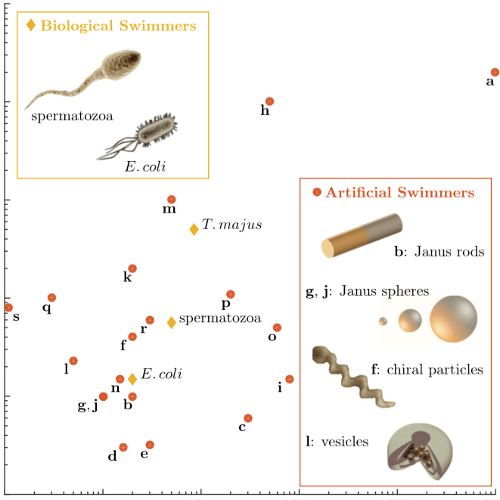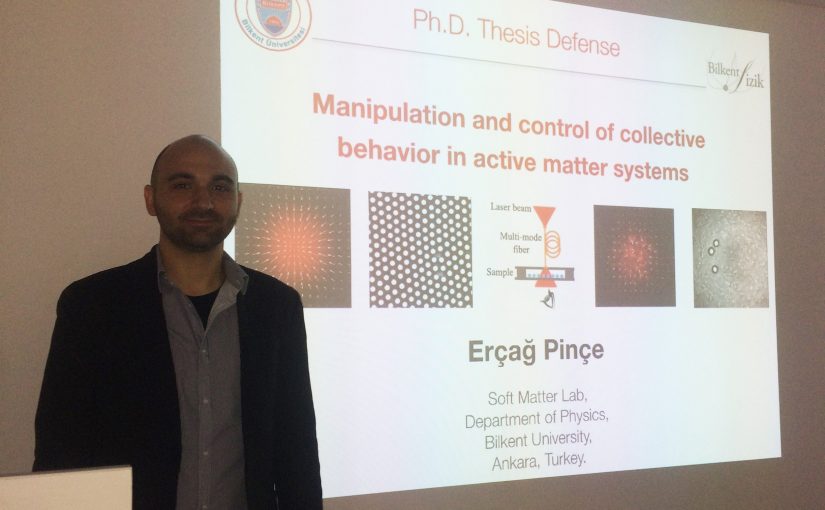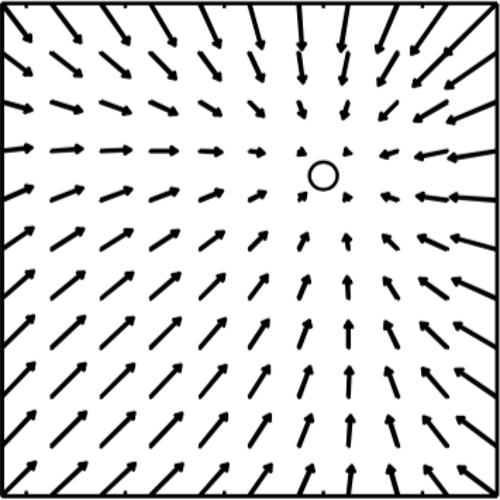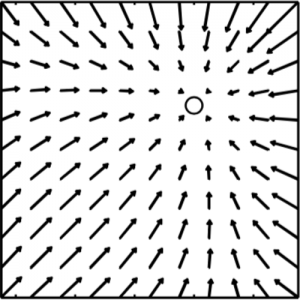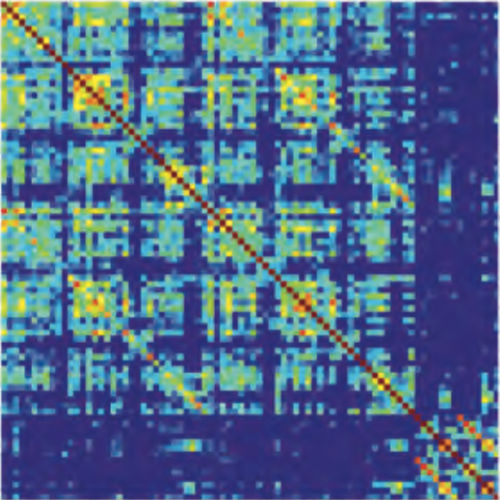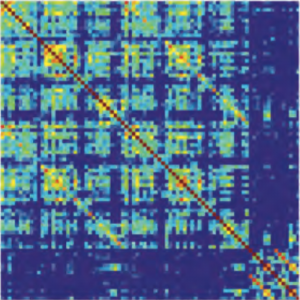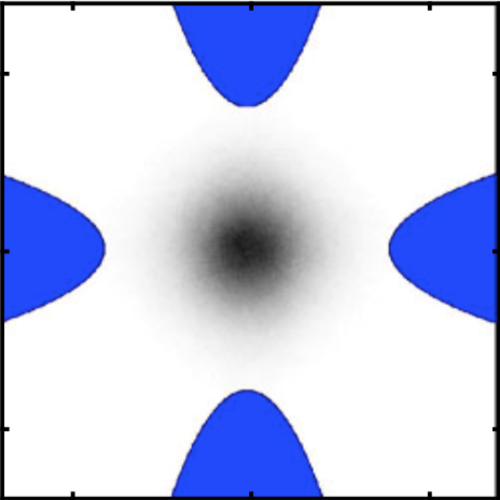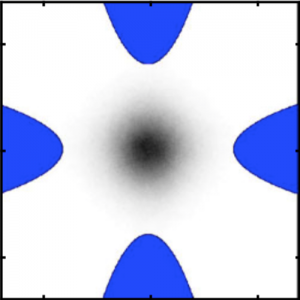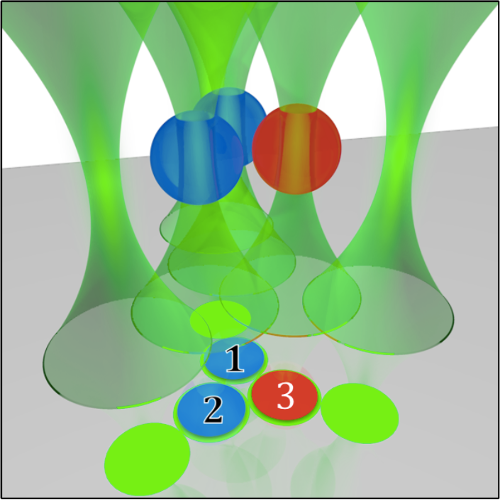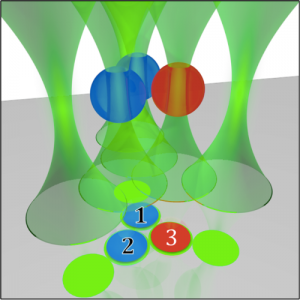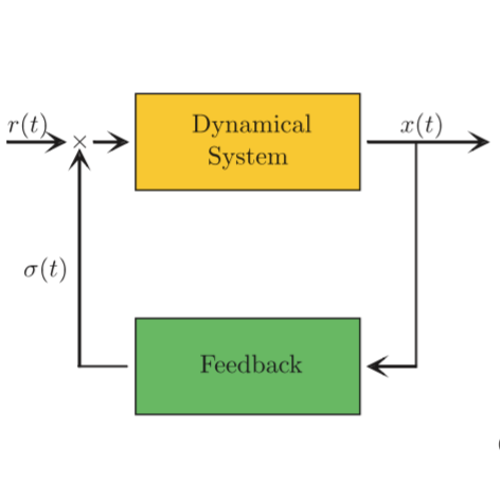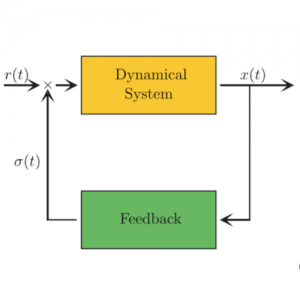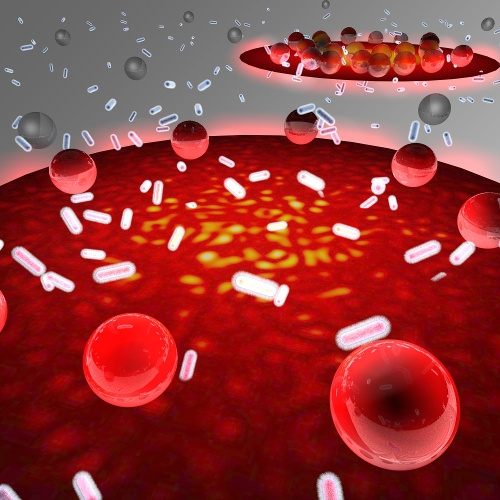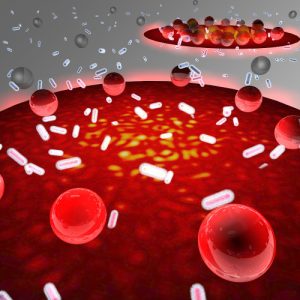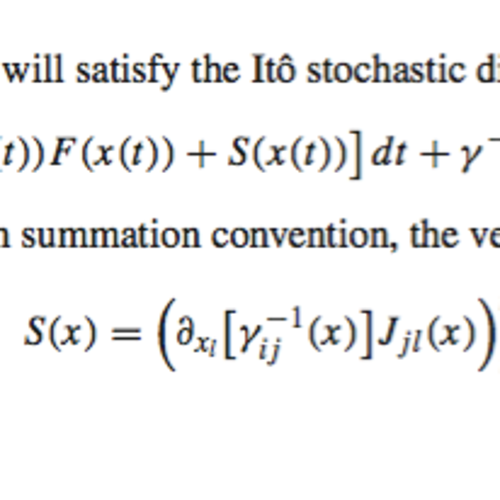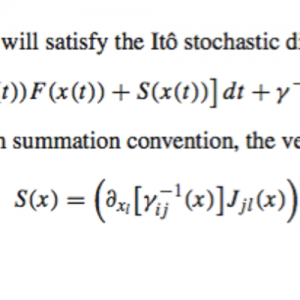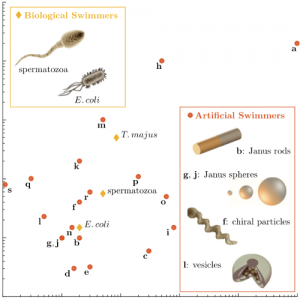
Active Brownian particles in complex and crowded environments (Invited review)
Clemens Bechinger, Roberto Di Leonardo, Hartmut Löwen, Charles Reichhardt, Giorgio Volpe & Giovanni Volpe
Reviews of Modern Physics 88(4), 045006 (2016)
DOI: 10.1103/RevModPhys.88.045006
arXiv: 1602.00081
Differently from passive Brownian particles, active particles, also known as self-propelled Brownian particles or microswimmers and nanoswimmers, are capable of taking up energy from their environment and converting it into directed motion. Because of this constant flow of energy, their behavior can be explained and understood only within the framework of nonequilibrium physics. In the biological realm, many cells perform directed motion, for example, as a way to browse for nutrients or to avoid toxins. Inspired by these motile microorganisms, researchers have been developing artificial particles that feature similar swimming behaviors based on different mechanisms. These man-made micromachines and nanomachines hold a great potential as autonomous agents for health care, sustainability, and security applications. With a focus on the basic physical features of the interactions of self-propelled Brownian particles with a crowded and complex environment, this comprehensive review will provide a guided tour through its basic principles, the development of artificial self-propelling microparticles and nanoparticles, and their application to the study of nonequilibrium phenomena, as well as the open challenges that the field is currently facing.
